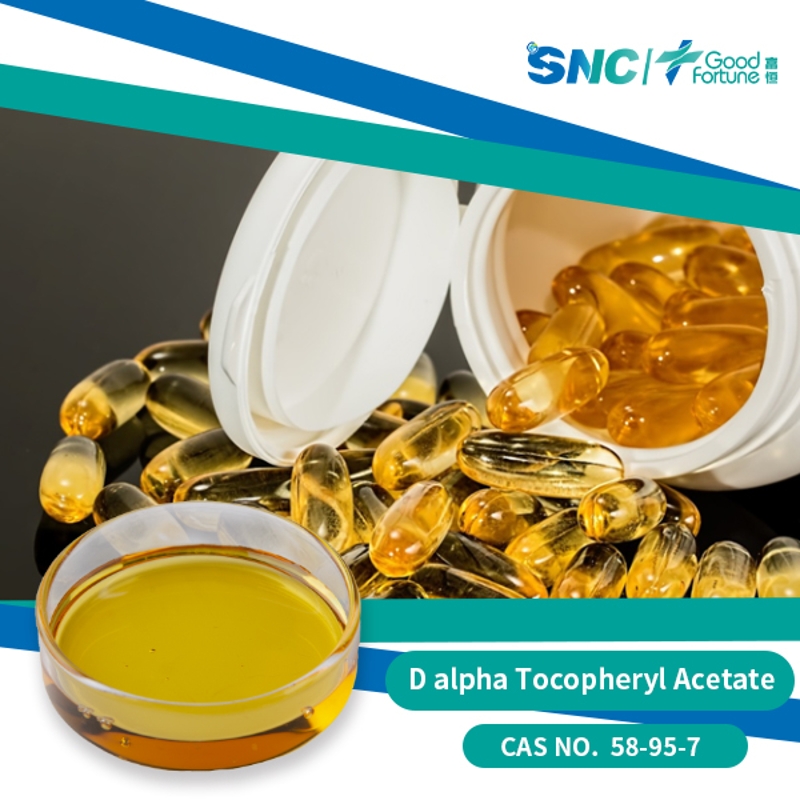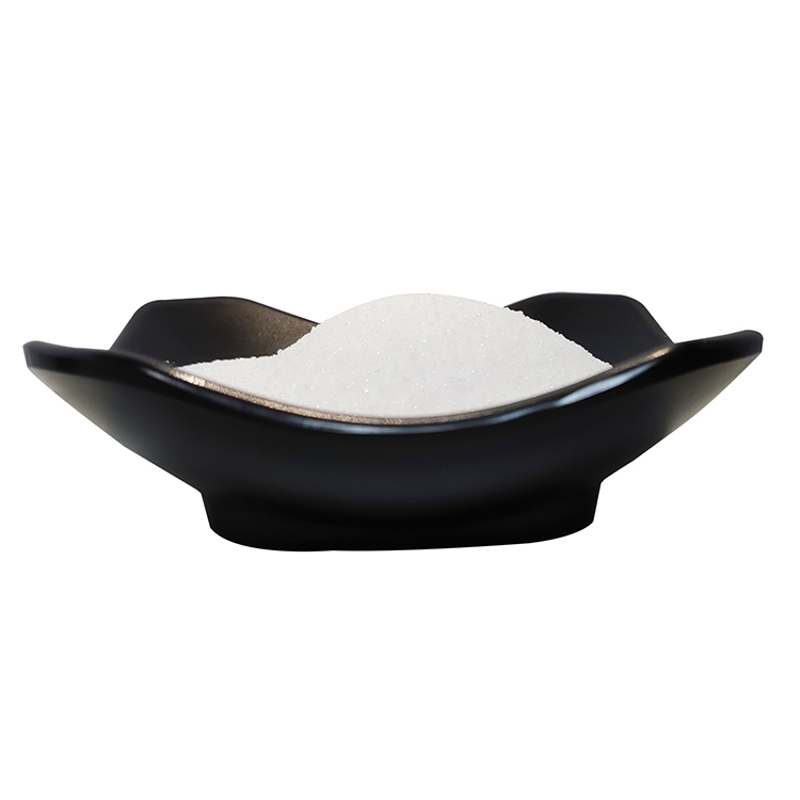-
Categories
-
Pharmaceutical Intermediates
-
Active Pharmaceutical Ingredients
-
Food Additives
- Industrial Coatings
- Agrochemicals
- Dyes and Pigments
- Surfactant
- Flavors and Fragrances
- Chemical Reagents
- Catalyst and Auxiliary
- Natural Products
- Inorganic Chemistry
-
Organic Chemistry
-
Biochemical Engineering
- Analytical Chemistry
-
Cosmetic Ingredient
- Water Treatment Chemical
-
Pharmaceutical Intermediates
Promotion
ECHEMI Mall
Wholesale
Weekly Price
Exhibition
News
-
Trade Service
The Three Character Classic says: Green, red and yellow, and black and white, these five colors are recognized by the eyes
In China, red yeast rice has a history of more than 1,000 years of production and use.
Food coloring, also known as coloring agent, is a substance that imparts and improves food color and is a food additive
There are also a variety of colorants of the same color
Edible natural colorants are mainly derived from natural pigments, which are mainly divided into three types according to their sources: plant pigments such as capsicum red, turmeric, natural carotene, etc.
Edible synthetic colorants are divided into two types according to their chemical structures: azo pigments such as amaranth, carmine, sunset yellow, lemon yellow, etc.
Regardless of whether it is edible natural colorants or edible synthetic colorants, the state must carry out a strict risk assessment for their safety, and only through risk assessment and approval can they be used as edible colorants
[Excerpted from "How to Eat Safer - Tips for Food Safety Consumption (2018-2019)" compiled by the State Administration for Market Regulation and China Institute of Food Science and Technology]







